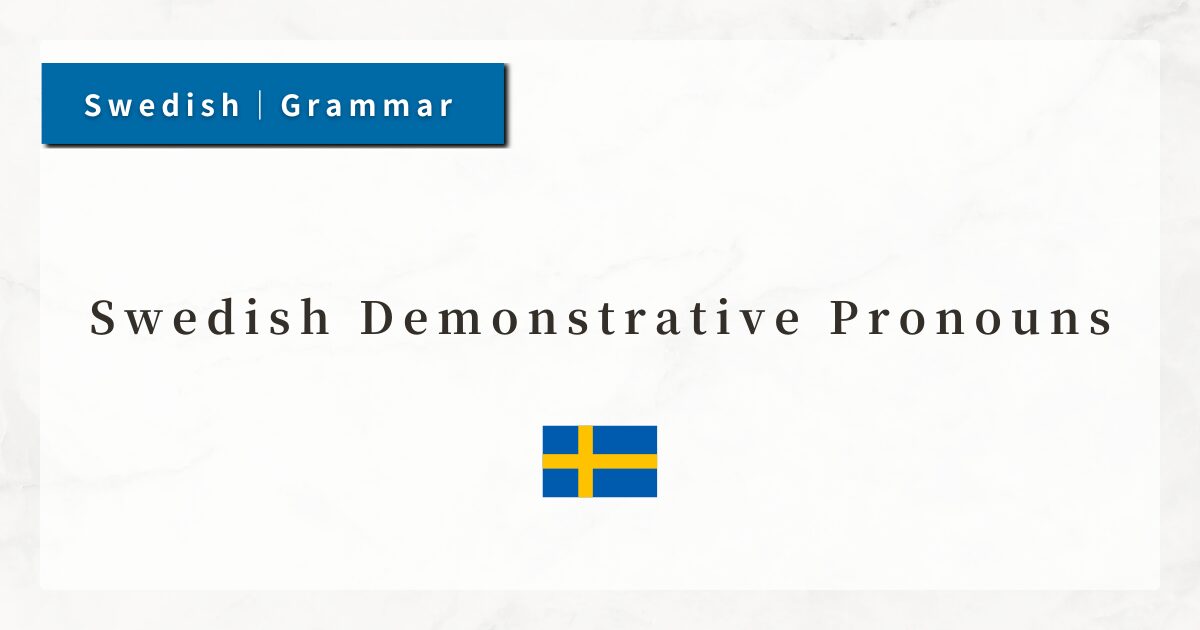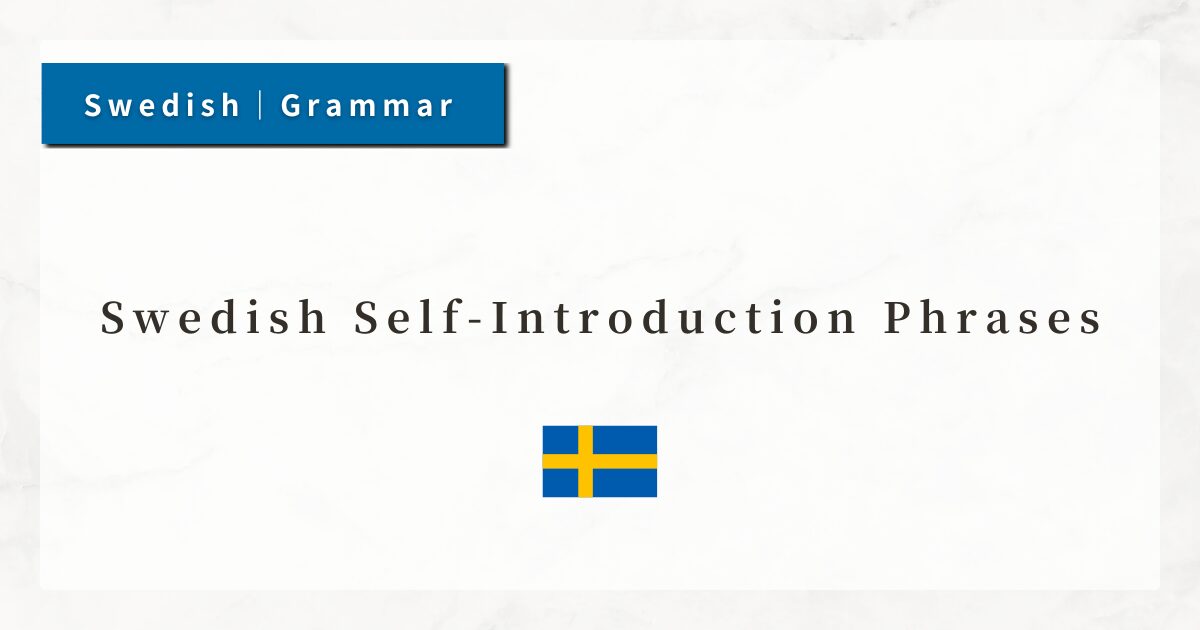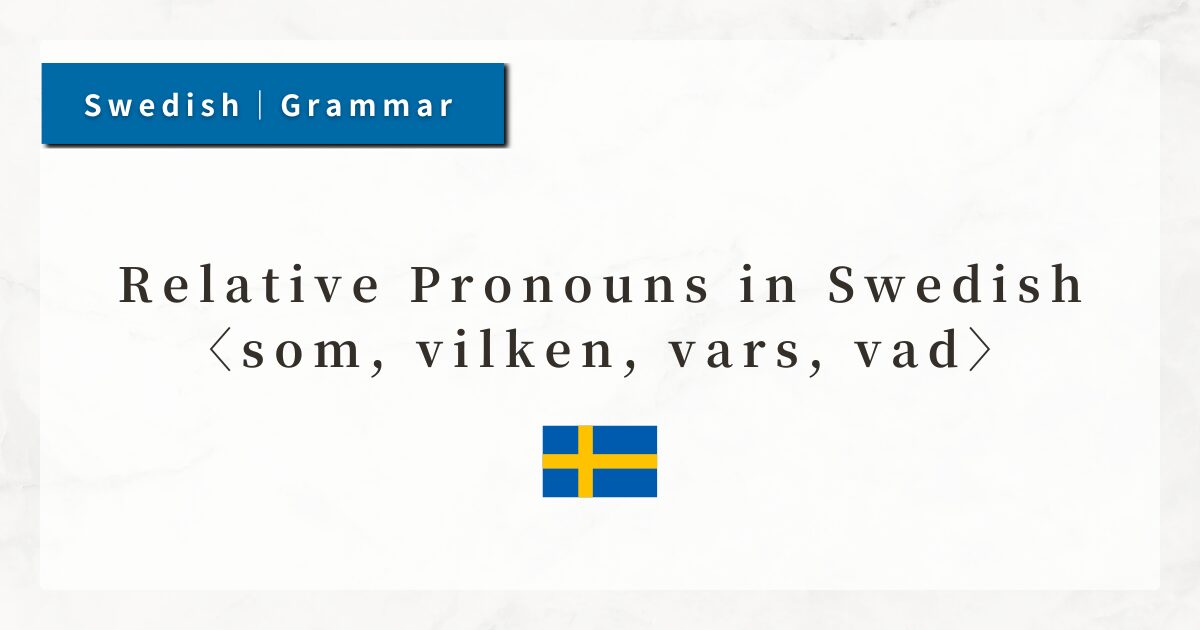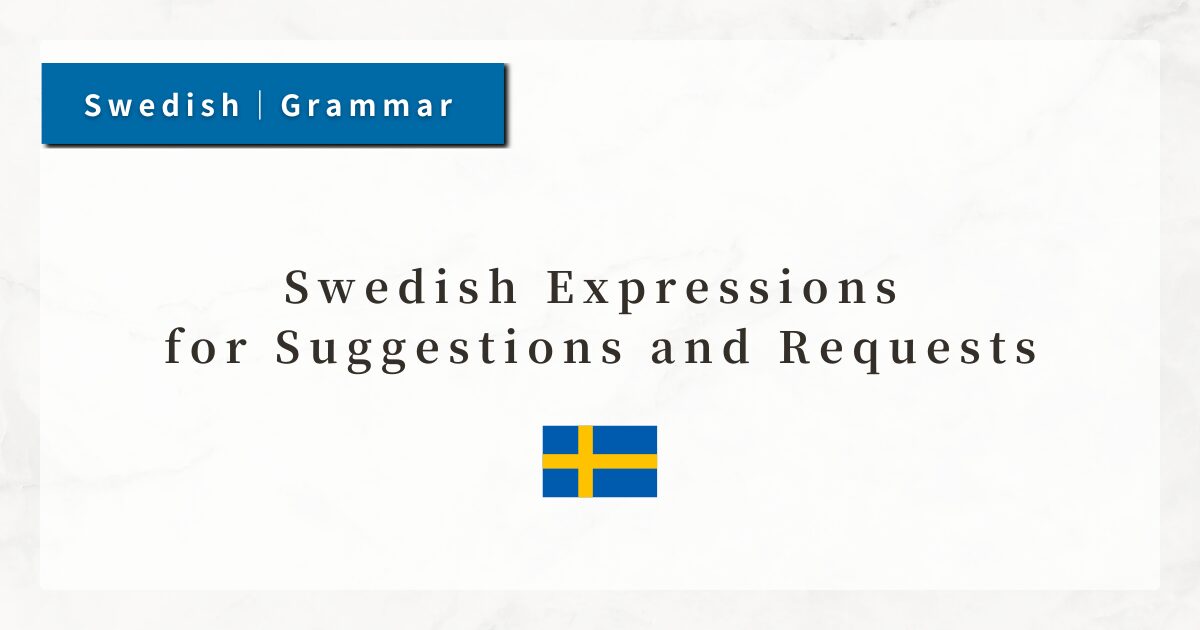#12 Swedish Demonstrative Pronouns|Types and Their Roles

Swedish demonstrative pronouns are words such as “this,” “that,” and “those,” which specify the object being referred to by the speaker.
A distinctive feature of Swedish is that nouns are divided into two genders: common gender (en) and neuter gender (ett). Demonstrative pronouns change their form depending on the gender of the noun.
In this lesson, I will explain how to use demonstrative pronouns and how their form changes according to the gender and number of nouns.
1. Swedish Demonstrative Pronouns
Swedish demonstrative pronouns are used to indicate a specific person or object, such as “this,” “that,” or “those.”
They are an essential part of grammar because they clarify what is being referred to, and they are frequently used both in conversation and in writing.
In English, these correspond to this / that / these / those. In Swedish, however, the form changes depending on gender and number:
- den / det (singular “that/it”)
- den här / det här (singular “this”)
- den där / det där (singular “that over there”)
- de här / de där (plural “these/those”)
Thus, the correct form must be chosen depending on the gender (common vs. neuter) and number (singular vs. plural) of the noun.
2. Basic Demonstrative Pronouns
Let’s begin with the most basic forms.
2-1. den (common) / det (neuter)
den / det mean “that/it” and are used instead of repeating a previously mentioned noun.
When the noun is singular, I choose den or det depending on its gender.
- Jag gillar den.
(I like that.) - Jag behöver det.
(I need that.)
2-2. de (plural)
For plural nouns, regardless of gender (en/ett), Swedish uses de. In spoken Swedish, de is pronounced as dom.
3. Saying “This” and “That”: den här / den där
Now let’s look at expressions equivalent to English this and that, which explicitly specify proximity.
- This = den här (common) / det här (neuter)
- That = den där (common) / det där (neuter)
These forms are used adjectivally together with nouns. They are placed before the noun to mean “this ~” or “that ~.”
- Jag gillar den här boken.
(I like this book.)
→ boken is common gender - Var är det där huset?
(Where is that house?)
→ huset is neuter
Word order: demonstrative pronoun + adjective (if any) + noun. Adjectives change according to the gender and number of the noun.
- den här stora boken
(this big book) - det där gamla huset
(that old house)
4. Plural Demonstratives: de här / de där
The plural forms are de här (“these”) and de där (“those”). For plural nouns, de (pronounced dom) is always used, regardless of gender.
- De här böckerna är intressanta.
(These books are interesting.) - Jag vill inte träffa de där människorna.
(I don’t want to meet those people.)
5. Adjectival vs. Pronominal Use
Demonstratives can be used in two ways:
5-1. With a Noun (Adjectival Use)
Placed before a noun, they work like adjectives meaning “this” or “that.”
- Jag gillar den här filmen.
(I like this movie.) - Var är det där brevet?
(Where is that letter?)
5-2. Without a Noun (Pronominal Use)
If it is clear from the context what is being referred to, the noun can be omitted.
- Jag tar den här.
(I’ll take this one.) - Vi såg det där i går.
(We saw that yesterday.)
6. Summary
- Swedish demonstratives vary according to gender (en / ett) and number (singular/plural).
- “this/that/these/those” are expressed as: den här (common) / det här (neuter), den där (common) / det där (neuter), de här / de där (plural)
- Word order is: demonstrative + adjective (if any) + noun.
- Adjectives must agree with the noun’s gender and number.
- When the context is clear, demonstratives may stand alone without a noun.
- In spoken Swedish, de is pronounced dom and this is the most common usage in conversation.




